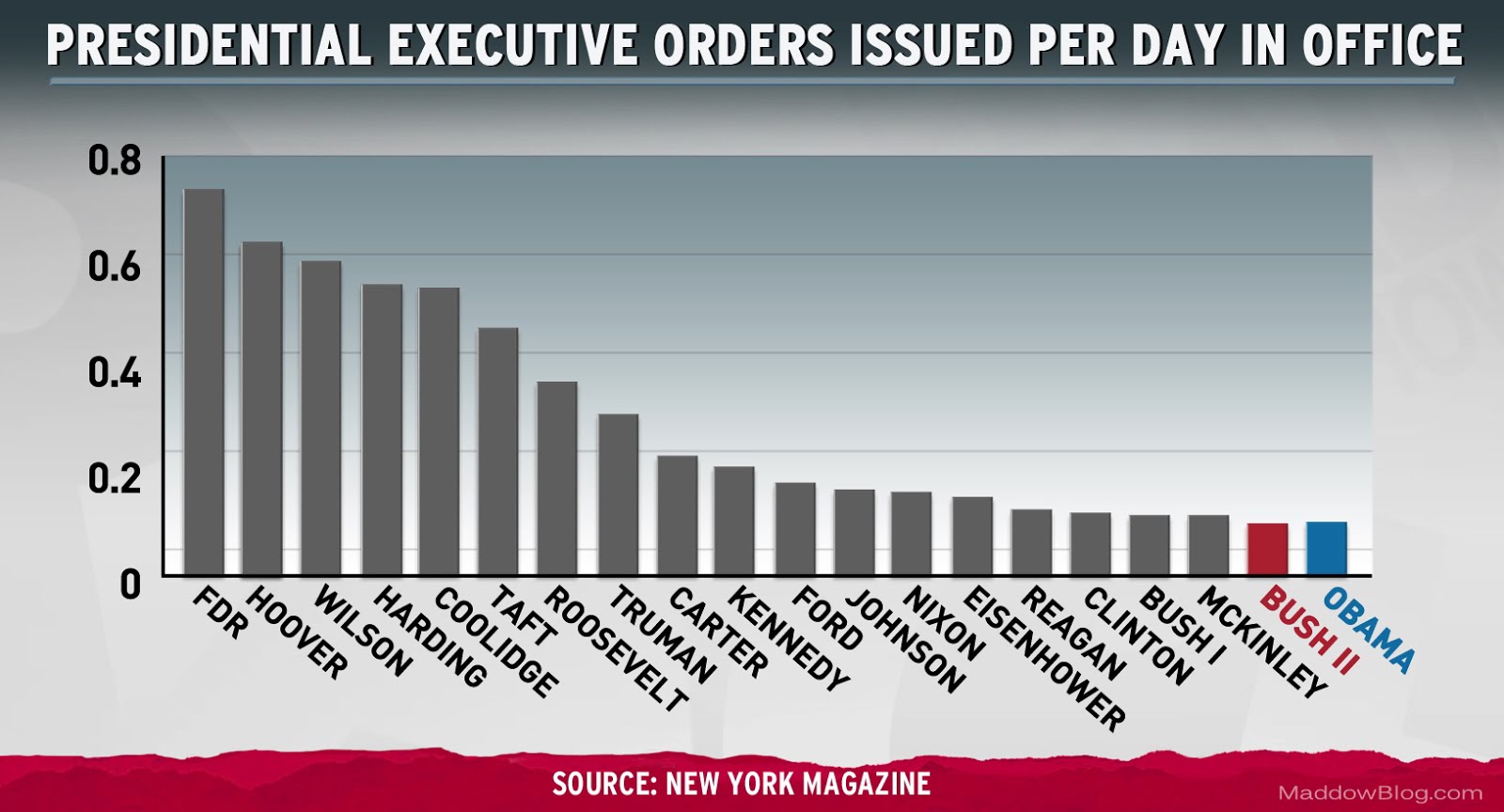Presidents' executive orders are a significant aspect of the United States government, shaping policy and governance in profound ways. These directives, issued by the President, have the power to influence laws, regulations, and the operation of federal agencies. Understanding the scope and implications of executive orders is crucial for citizens, lawmakers, and scholars alike. In this article, we will explore the history, purpose, and impact of presidential executive orders, shedding light on this vital tool of executive power.
As we delve deeper into the topic, we will analyze notable executive orders throughout history, their legal foundations, and the controversies that sometimes surround them. By the end of this article, readers will have a clearer understanding of how executive orders function within the framework of the U.S. government and their significance in shaping American policy and society.
Whether you are a student, a political enthusiast, or simply someone interested in understanding how our government operates, this guide will provide you with valuable insights and detailed information about presidents' executive orders. So, let’s embark on this journey to uncover the intricacies of executive orders and their role in the American political system.
Table of Contents
- What Are Executive Orders?
- A Brief History of Executive Orders
- Legal Basis for Executive Orders
- Types of Executive Orders
- Notable Executive Orders in History
- The Impact of Executive Orders on Policy and Society
- Controversies Surrounding Executive Orders
- Conclusion and Future Outlook
What Are Executive Orders?
Executive orders are official directives issued by the President of the United States to manage the operations of the federal government. Unlike legislation, which requires approval from Congress, executive orders allow the President to enact policies unilaterally. Here are some key points about executive orders:
- Executive orders can direct federal agencies in their operations.
- They can have the force of law but can be overturned by Congress or the courts.
- Executive orders are often used to implement laws passed by Congress or to address urgent issues.
A Brief History of Executive Orders
The use of executive orders dates back to the early days of the United States government. The first recorded executive order was issued by President George Washington in 1789. Since then, the practice has evolved significantly. Here are some milestones in the history of executive orders:
- **George Washington**: Issued the first executive order to establish a Cabinet.
- **Abraham Lincoln**: Issued the Emancipation Proclamation as an executive order.
- **Franklin D. Roosevelt**: Issued over 3,700 executive orders, more than any other president.
Legal Basis for Executive Orders
The legal authority for presidents to issue executive orders derives from the Constitution and federal statutes. Specifically, Article II of the Constitution grants the President the power to "take Care that the Laws be faithfully executed." This clause has been interpreted to include the authority to issue executive orders. Here’s a closer look at the legal framework:
- **Constitutional Authority**: Article II, Section 1 establishes the executive power.
- **Statutory Authority**: Congress may delegate authority to the President, providing a legal basis for specific executive actions.
Types of Executive Orders
Executive orders can be categorized into several types based on their purpose and scope. Here are the main types:
- **Presidential Directives**: Broad orders that set forth policy direction.
- **Management Orders**: Directives that manage the internal operations of the executive branch.
- **Regulatory Orders**: Directives that establish regulations for federal agencies.
Notable Executive Orders in History
Throughout American history, several executive orders have had lasting impacts on society and policy. Here are some notable examples:
- **Executive Order 9066**: Issued by Franklin D. Roosevelt during World War II, it authorized the internment of Japanese Americans.
- **Executive Order 9981**: Issued by Harry S. Truman, it desegregated the armed forces.
- **Executive Order 13769**: Issued by Donald Trump, it banned travel from several predominantly Muslim countries.
The Impact of Executive Orders on Policy and Society
Executive orders can have profound implications for policy and society. They can expedite the implementation of laws, address urgent issues, and even reshape public policy. Here are some impacts to consider:
- **Rapid Response**: Executive orders allow for swift action in times of crisis.
- **Policy Change**: They can shift the direction of federal policy significantly.
- **Public Reaction**: Executive orders can elicit strong reactions from the public and opponents, leading to protests or legal challenges.
Controversies Surrounding Executive Orders
While executive orders can be effective tools for governance, they are not without controversy. Critics often argue that they can lead to an overreach of executive power. Here are some common controversies:
- **Overreach of Power**: Concerns that presidents may use executive orders to bypass Congress.
- **Legal Challenges**: Many executive orders face litigation, questioning their legality.
- **Political Polarization**: Executive orders can deepen political divides, especially if they are perceived as partisan.
Conclusion and Future Outlook
In conclusion, presidents' executive orders are a vital aspect of the U.S. political system, allowing for the efficient management of federal operations and the implementation of policy. As we move forward, understanding the historical context, legal foundations, and implications of executive orders will be crucial for engaging in informed discussions about governance and policy. We encourage readers to share their thoughts in the comments, explore related articles, and stay informed about the evolving role of executive orders in American politics.
Thank you for taking the time to read this comprehensive guide on presidents' executive orders. We hope you found it informative and enlightening. Don't forget to return for more articles on important topics affecting our society.




